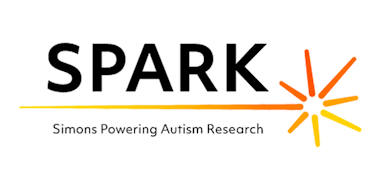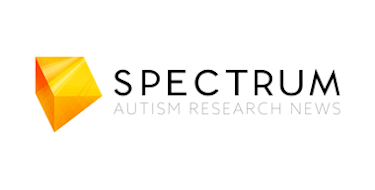
SFARI's mission is to advance the basic science of autism and related neurodevelopmental disorders.

News
Subscribe to our newsletter and receive SFARI funding announcements and news
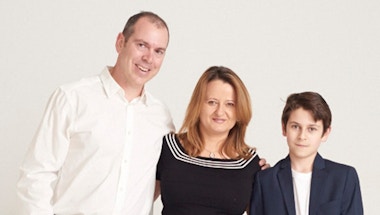
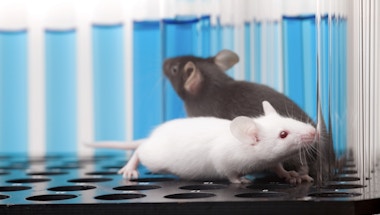
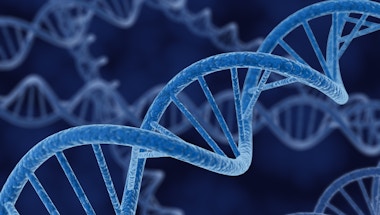
Funding Opportunities
We solicit applications for SFARI Awards from individuals who will conduct bold, imaginative, rigorous and relevant research in four main research areas: gene discovery, molecular mechanisms, circuits, cognition and behavior, and clinical.
Since its launch in 2006, SFARI has supported over 700 investigators studying autism-related research in the U.S. and abroad. Research projects include studies at the genetic, molecular, cellular, circuit and behavioral levels, in addition to clinical and translational studies.
Research Highlights

Large-scale genetic studies have now uncovered more than 200 genes that can be linked to neurodevelopmental disorders (NDDs) or autism. Many of those genes are implicated through gene-damaging heterozygous de novo mutations that result in haploinsufficiency of the affected gene. Identifying such genes opens the door for the development of gene-specific therapeutics like gene replacement therapy. However, gene replacement therapy comes with many challenges, one of them being the risk of overexpression. Therefore, therapeutics that could result in the upregulation of the remaining healthy allele and do not interfere with endogenous regulatory mechanisms of gene expression would be ideal.

Social behavior is a complex and dynamic process shaped by movement, coordination and physical touch. A new study in Cell written by members of SFARI's Autism Rat Consortium introduces s-DANNCE, a machine-learning system that can map the fine-scale movements of freely interacting rats in three dimensions. By applying s-DANNCE to seven genetic rat models of autism, researchers have uncovered distinct social phenotypes, offering new insights into the diversity of autism-related behaviors.

Two studies by different research groups — one led by Flora Vaccarino and the other by Juergen Knoblich — used brain organoids derived from pluripotent stem cells of people with autism and showed how transcriptional alterations affecting certain cell types during human brain development could contribute to the early emergence of ASD.
Event Videos
View all events →


